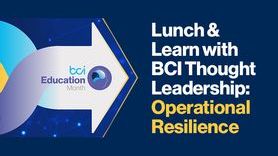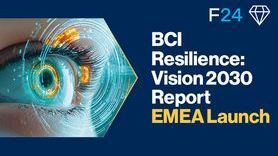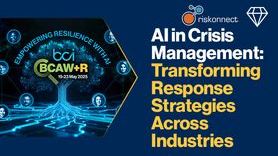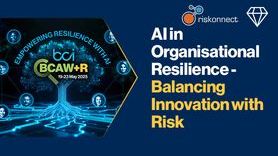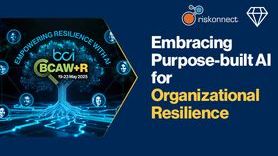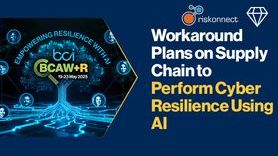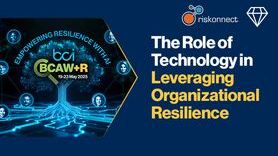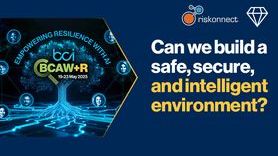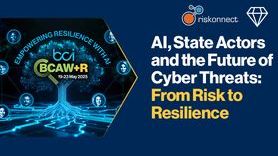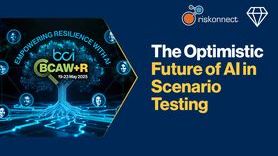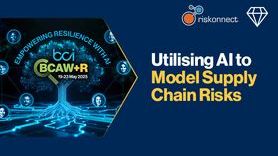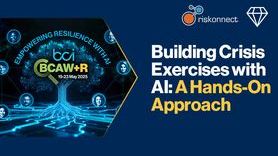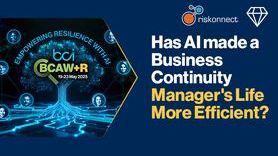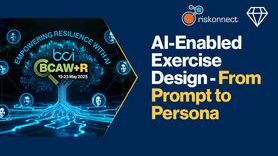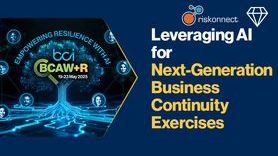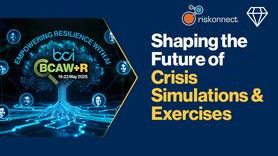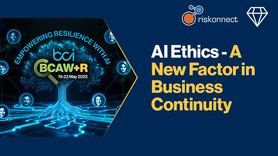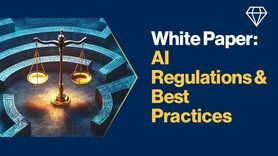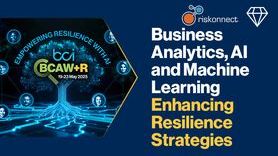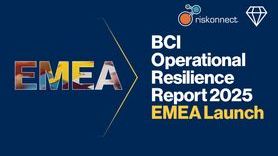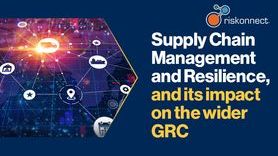Technological investments to make when prioritizing resilience
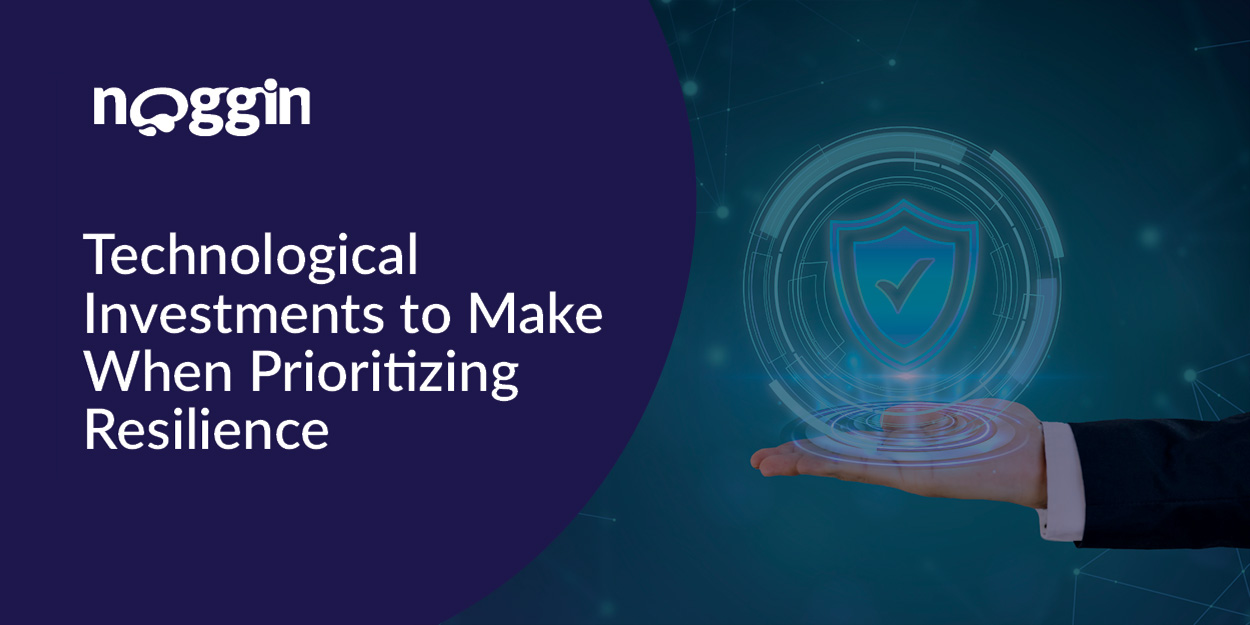
By every indication, businesses are well aware of the deterioration of the risk environment. They’ve responded by prioritizing resilience, staffing more resilience and business continuity functions, according to the BCI Continuity and Resilience Report 2023.
Of course, organizational maneuvering alone isn’t sufficient to improve the ability to respond quickly to disruptions. Accompanying the increasing digitization of management systems, businesses will also need to make serious technological investments to prioritize resilience, as well.
However, we’ve seen some reluctance on part of businesses to move from manual processes. This article asks, therefore, what form digitization should take to improve business resilience?
The form digitization should take to improve business resilience
Here are the technological investments businesses should make to prioritize resilience:
Solves multiple use cases in an integrated manner. Besides becoming more numerous, threats have also become more heterogenous, requiring a more holistic approach to resilience.
As a result, third-party software analysts have pointed to advantages to be gained from digital resilience platforms that solve multiple use cases in an integrated manner, therefore providing value beyond single solution areas, be they crisis management, emergency management, business continuity, etc.
This integrated approach better helps anticipate and identify trends as well as prevent situations that may generate an interruption. Supporting functionality businesses should invest in includes overview dashboards and reports which consolidate disparate data to provide a comprehensive view of risks, threats, resources, and capabilities.
Expedited crisis communications. Similarly, we’ve seen an acceleration in the pace of crises, making incident response more complex as the amount of information that needs to be transmitted increases apace.
Given this reality, organizations should capitalize on the trend toward advanced platforms coming pre-equipped with crisis communication templates and powerful workflow builders. These enable incident responders to pre-stage messages and tasks.
What’s more, platforms are enabling streamlined communications with automated notifications via customizable workflows to respond more quickly and efficiently to disruptive events, reduce manual effort and human intervention, and ensure consistency and reliability in critical tasks and processes.
Supplemented by best practice. Even the most rigorous planners stand to gain from awareness of industry best practice. Organizations should, therefore, look to digital solutions that include these best practices, out of which organizations can generate their own crisis and incident response action plans. These solutions will give businesses the flexibility either to align their requirements or develop their own unique plans to effectively address specific needs.
Enhanced exercise management. Too many organizations have still not developed enhanced exercise management capabilities that match the rigor of the resilience planning function. To that end, exercise dashboards can navigate users and their teams through each phase of an exercise, ensuring everyone understands what needs to be completed and when.
From there, the platform’s automation capabilities will ensure the correct teams and/or personnel are invited to participate in the exercise and receive regular updates via automated notifications throughout the exercise.
Once the exercise is activated, all users can easily see what type of exercise is being
completed. And based upon the affected assets/activities, the recovery strategies required for the affected assets will automatically be populated for the team.
Finally, survey data is picking up on greater awareness of resilience challenges and greater need of a dedicated resilience function. As this article has argued, this function will need to be equipped with advanced digital capabilities if it is to fulfill its mandate of bolstering the organization's ability to respond to sudden disruptions that could threaten operations, brand, or reputation. For more advanced digital capabilities to consider, check out Noggin’s Resilience Management Software Buyer’s Guide.








